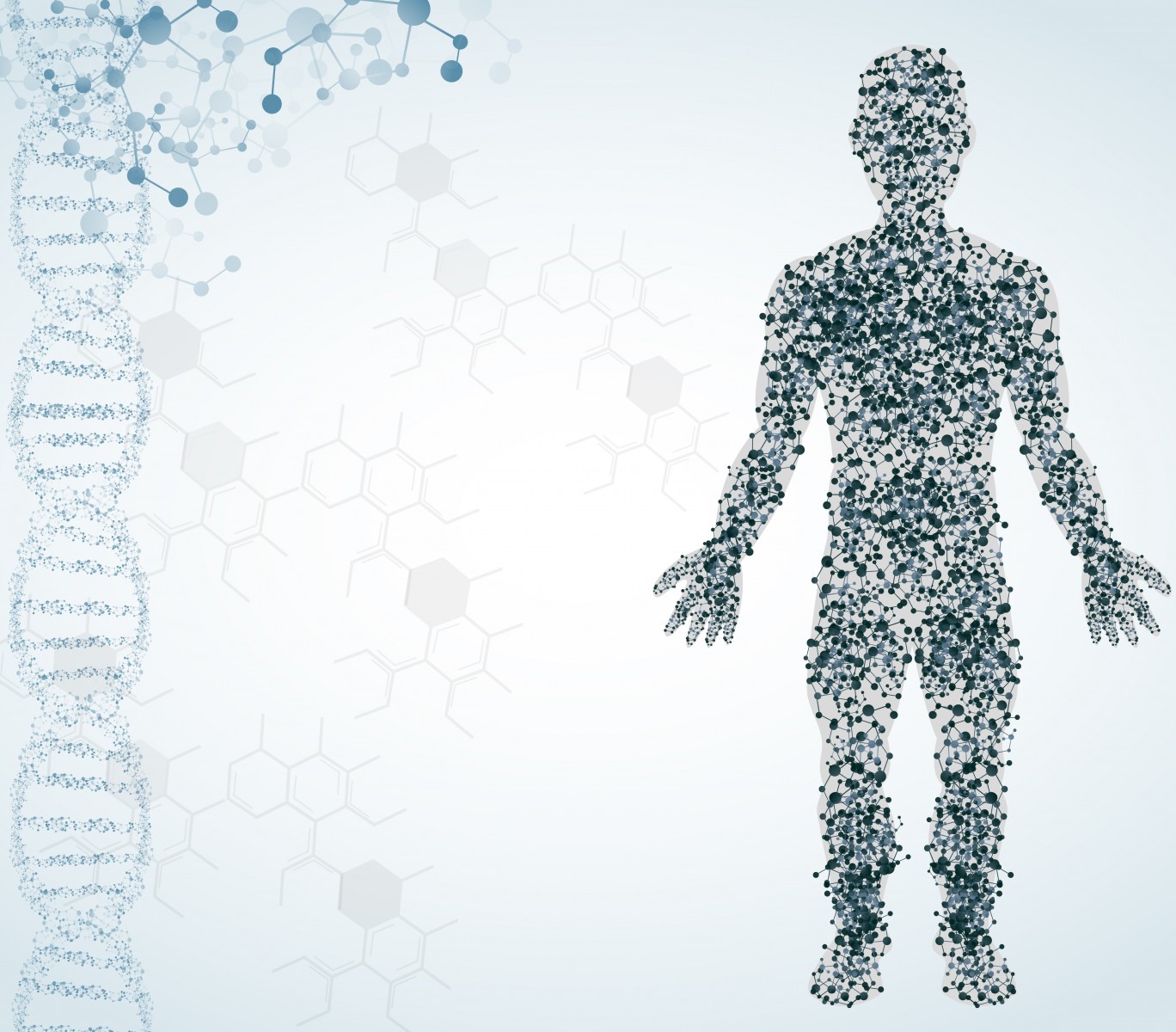Blocking Muscle Degrading Factors May Be Route to SMA Type 3 Treatment
Written by |

Blocking molecules that normally act as muscle degrading factors may offer a treatment approach for milder forms of spinal muscular atrophy (SMA), demonstrated in experiments with a mouse model of SMA type 3.
The study, “Activin Receptor Type IIB Inhibition Improves Muscle Phenotype and Function in a Mouse Model of Spinal Muscular Atrophy,” was published in the journal PLOS ONE.
While gene therapy strategies to restore the mutant survival motor neuron (SMN) gene may one day become available to treat severe forms of SMA, researchers are also experimenting with ways to compensate for the muscle breakdown caused by the lack of SMN.
Researchers believe that a lack of SMN is not only leading to muscle loss because of the loss of motor neurons, but also has a direct effect on the molecular health of muscles.
Muscle degrading factors — needed for a healthy balance of buildup and degradation — have been a focus for this kind of research. Earlier studies found that molecules called activins are not able to improve disease in mouse models of severe SMA.
Researchers at the University of Pennsylvania decided to study the factors in a new model of mild SMA. They treated 4-week-old mice with blockers of the factor myostatin and its receptor ActRIIB (activin receptor type IIB). When myostatin is blocked in normal animals, they develop an abnormally large amount of muscle.
Assessing the mice after eight weeks showed that the treated animals had improved their total muscle mass. Mice treated with the ActRIIB blocker also had a body weight-normalized muscle mass that more resembled healthy animals.
The treatment also improved absolute force, but not force per muscle area or muscle mass. Neither did the number of motor units — the term for a motor neuron and its associated muscle fibers — increase.
This suggested that the treatment improved strength by increasing muscle mass and not by making the muscles work better, or by increasing the nerve-muscle connections.
Further analysis revealed that so-called fast fiber type muscles responded better to treatment than slow fiber type muscles. Also, the effect of blocking ActRIIB was better than for myostatin.






